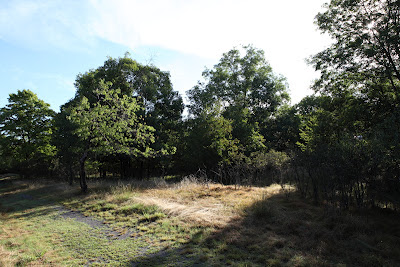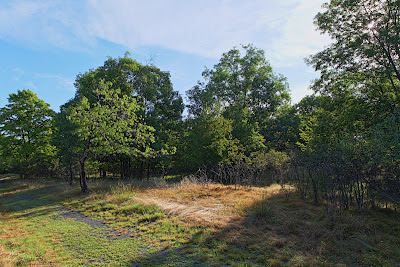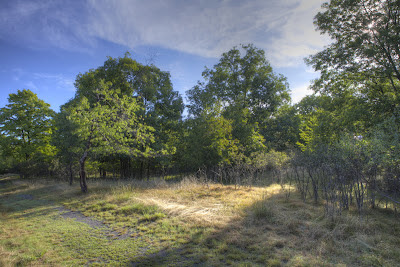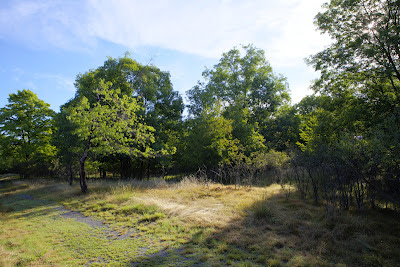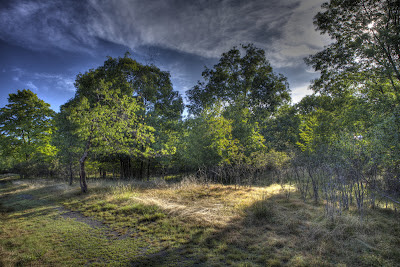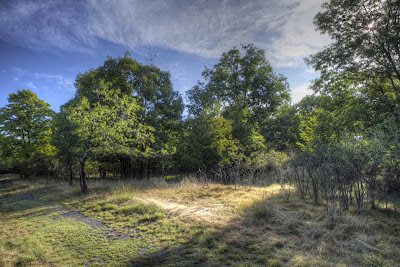 |
| Stairway from Hell - September 4, 2010 |
I made the trip down the Stairway from Hell to the river bed below the Cohoes Falls yesterday. The stairway brings you less than half way down to, or up from, the riverbed. There's a steep winding gravel path below the stairway and then another shorter set of stairs down to the river. As usual, you are only allowed on the riverbed when there's almost no water coming over the falls.
Here is a shot from above the falls showing the water level.
I lugged my large tripod with me so that I could use slow shutter speeds to blur the water movement and also to bracket exposures for HDR processing. I had my EOS 5D Mark II together with the 40mm pancake and 17-40mm zoom lenses.
The pancake lens is the only lens I use that will fit my old Cokin A series filter set. I used a circular polarizer AND a four stop neutral density filter in front of this lens. With the 17-40mm lens I used a circular polarizer only. The HDR image processing also adds blurring to the water so longer shutter speeds are not as necessary when processing images in that manner.
Here are four images from the shoot. Shutter speeds are not shown because each image is made up of three separate shots taken at different shutter speeds. HDR processing was done using Canon's DPP software utilizing the Art Standard settings.
 |
| EF 40mm f/2.8 STM, f/11, ISO 100 |
 |
| EF 40mm f/2.8 STM, f/11, ISO 100 |
 |
| EF 40mm f/2.8 STM, f/5.6, ISO 100 |
 |
| EF 17-40mm f/4L USM at 40mm, f/16, ISO 100 |





